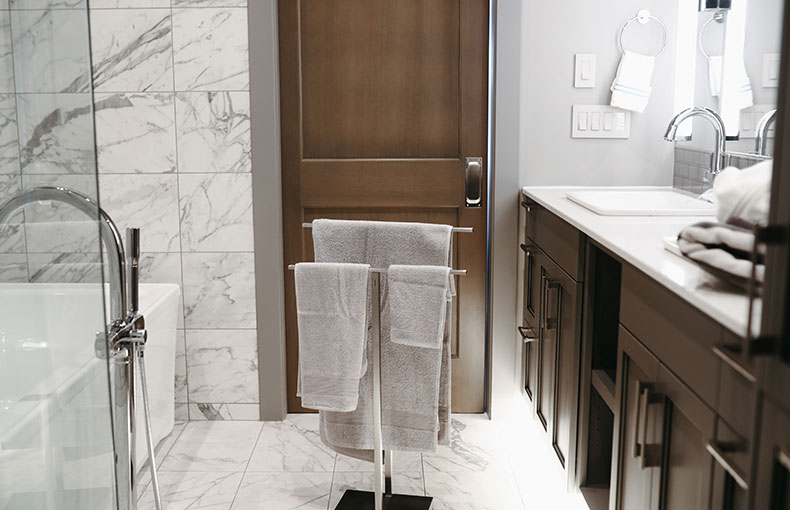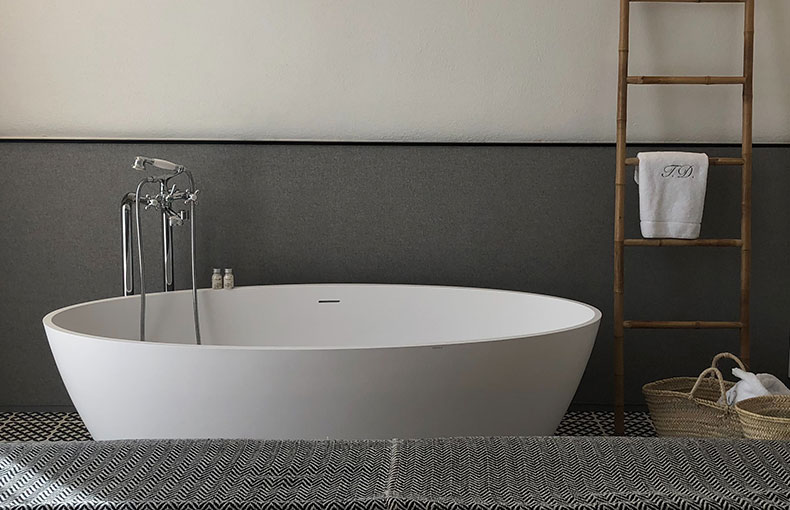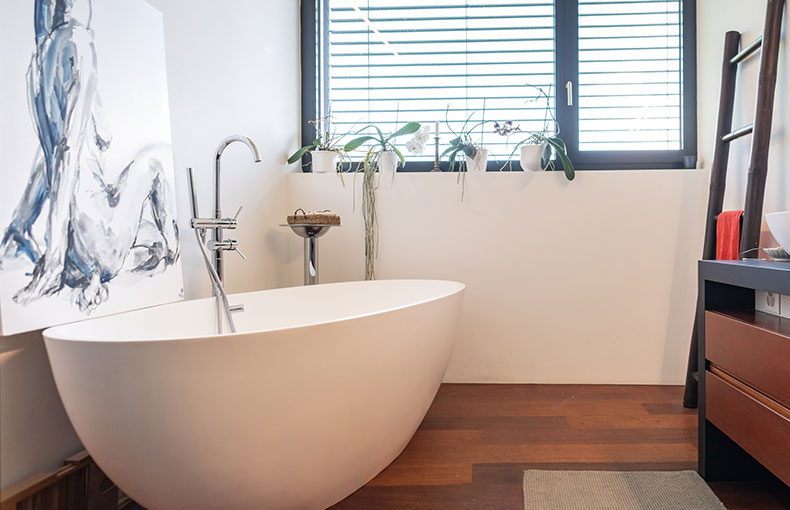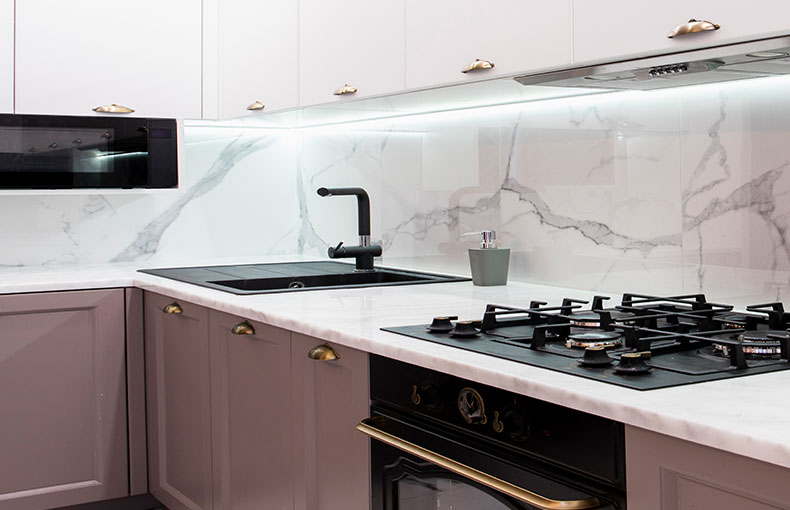The beauty of lighting layers for your interior renovation
The beauty of lighting layers for your interior renovation
Lighting is crucial in interior design, and utilizing light layers is essential for several reasons:
Functionality: Different activities in a space require varying levels of illumination. Layering light allows you to create zones and provide adequate light for tasks such as cooking, reading, or socializing.
Ambiance: Light layers contribute to the mood and ambiance of a room. By using a combination of ambient, task, and accent lighting, you can create a cozy, inviting atmosphere or a bright, energizing one as needed.
Highlighting Design Elements: Each layer of light can be strategically used to highlight architectural features, artwork, or decorative elements within the space, enhancing the overall aesthetic appeal.
Flexibility and Control: Having multiple light sources gives you flexibility to adjust the lighting according to changing needs and preferences throughout the day. This control is especially valuable in multi-functional spaces.
Visual Comfort: Properly layered lighting reduces glare and shadows, which can strain the eyes and detract from comfort. Well-designed lighting ensures a visually comfortable environment for occupants.
Spatial Perception: Effective use of light layers can visually expand or contract a space. For example, using uplighting can make a ceiling feel higher, while task lighting can define specific areas within an open floor plan.
Energy Efficiency: By using light layers, you can optimize energy use by only illuminating areas as needed. For instance, using dimmers and timers can help save electricity when full brightness is not required.
In summary, light layers in interior design are essential for creating functional, visually appealing, and comfortable spaces. They allow for flexibility, ambiance control, and accentuation of design elements, ultimately enhancing both the aesthetic and practical aspects of a room.






